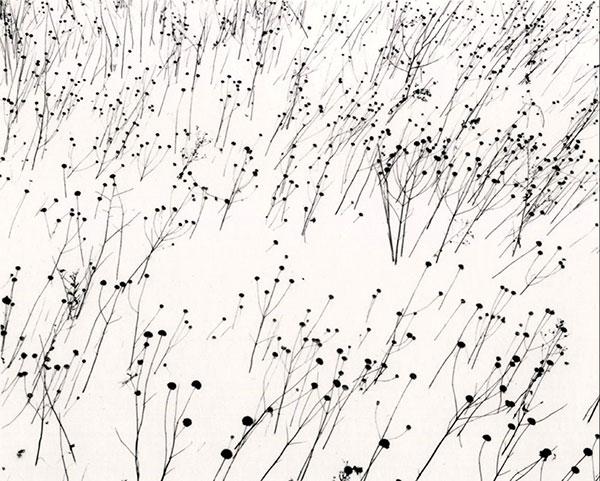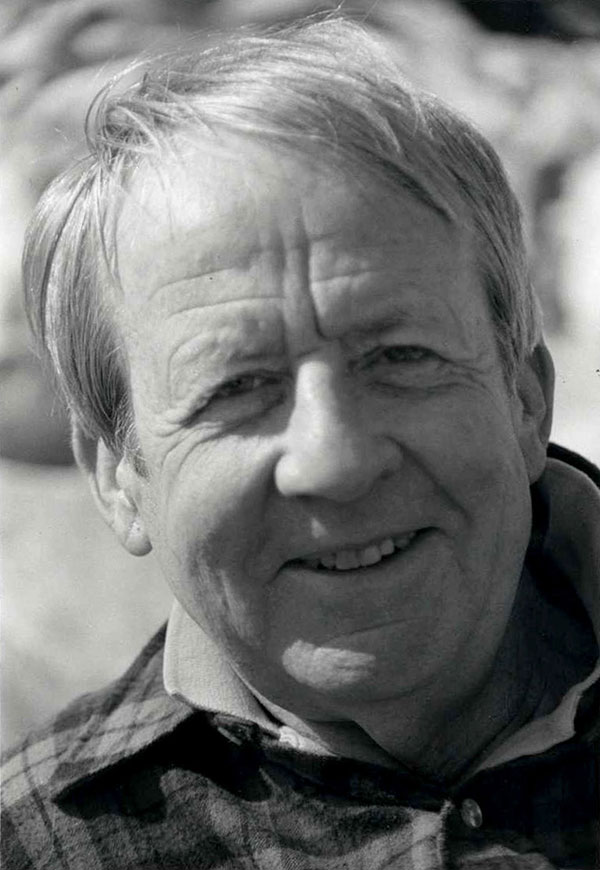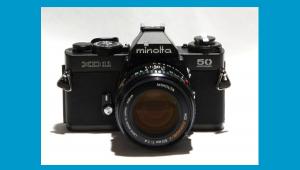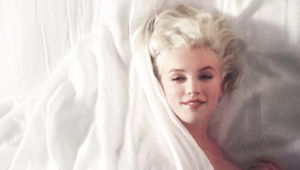Art Photographer Ray Metzker Who Crafted Beautiful and Challenging Landscape Photos Is Dead at 83

Ray Metzker was an extraordinary photographer whose work is in the collections of dozens of art institutions. During his photographic career he had more than 50 one-person museum exhibitions and was the recipient of two Guggenheim Foundation Fellowships. His photographs are in museum and art institution collections all over the world. When he died last week on October 9, 2014 his hometown newspaper, The Inquirer (Philadelphia), wrote that, “Ray K. Metzker, 83, (was) widely considered one of the nation's greatest photographers.”
Yet despite his success, Ray Metzker is perhaps also one of the least known and least recognized of American photographers. The reason for this may simply be that Metzker was a maverick whose work was complex, demanding and ever changing.
Born in 1931 in Milwaukee, Metzker received his master’s degree in photography in 1959 from the Chicago Institute of Design. After travelling around Europe for a while, he returned to the U.S. and in 1962 began teaching at the Philadelphia College of Art, which is now part of the University of the Arts.

At first, Metzker’s interest was street photography and he spent his days roaming the streets of Philadelphia hunting for images.
"He discovered things you'd never notice, never expect - the pattern on something or some cubbyhole,” is how Metzker’s wife, the photographer Ruth Thorne-Thomsen describes him.
It was in this period that he made one of his most well known images: a shot of the play of light and shadow the front of a large bank in Philadelphia.
Unique Approach to Landscape Photography
In the 1980s, Metzker moved on to landscape photography and his approach changed totally and became uniquely modern. Aiming his camera at sunshine drenched beaches, or the desert Southwest or some tranquil rural landscape was merely the first step.
After processing the film he would take his black and white negatives into the darkroom and long before Photoshop, manipulate them. He’d combine negatives layer upon layer, make multiple exposure prints or prints small sections of many images on one piece of print paper. He did this always with an eye on creating eye-catching but often perplexing images.

Some of those images, which challenge the notion of traditional landscape photography, are included with this story, courtesy of the Laurence Miller Gallery in Manhattan.
“He wasn’t just trying to be different. He was terrifically different. He was never satisfied with simplicity,” says Laurence Miller, one of Metzker’s oldest friends, and the owner of the Laurence Miller Gallery. Miller explains that Metzker, in his battle against simplicity, would complicate his images by doing unexpected things.
He often would place out-of-focus elements in the foreground of a picture to disorient viewers and their notions of what a landscape or nature image should be. He realized there was more to landscapes than pretty images and simply loving landscapes. It was about finding something within the landscape that the light revealed; it is what links him to other great American landscape photographers.

Take for example, Timothy O’Sullivan, one of Matthew Brady’s photographers who after the Civil War travelled around the Western frontier. O’Sullivan’s images speak not of place as much as of the vastness of the landscape. To demonstrate to his viewers the immense openness and emptiness of the West he often took landscape “selfies.” Using a self-timer device on his glass plate wooden camera, he would photograph himself perched precariously on a rock promontory, suspended over a landscape that went on into a light filled infinity.
Another example is Ansel Adams, a trained classical musician whose images reflect his background. His landscapes are grand and symphonic, the mountains and rivers are like stage sets for a grand opera. Adams even described photography in musical terms calling the negative the “score” and the finished photographic print “the performance.” His landscapes are monumental and his landscapes eternal. As demonstrated in his image “Moonrise, Hernadez, New Mexico” where the moon and mountains hang forever suspended over a small backcountry cemetery. The crude crosses, lit up by the moonlight, represent the transitory nature of human life in this timeless landscape, a theme worthy of a Wagnerian opus.
Metzker’s landscape and nature photography reflect his idea that, “Photographers are victims of paradox, tracking the impermanent to make it permanent.” The impermanence is surely the way light changes and alters the landscape and the way it is seen.
From Shadows to Sunlight
In his career Metzker successfully went from deeply shadowed urban street photography to sun light filled landscapes and then back again to the streets of Philadelphia. This exploration led some critics to say that with each change, “Ray doesn’t look like Ray.”
However Miller points out that with Metzker, “everything led to another thing, led to another thing, led to another thing.”

Ray Metzker may or may not have been as the Inquirer said “one of the nation's greatest photographers” but he certainly has an important place in the history and heritage of American photography. In his work he reminds us that we are photographers who write with light and that is something to never lose sight of.
Light in all its myriad forms is his subject and Ray Metzker challenges us to explore the world of light and like him follow it wherever it leads.
- Log in or register to post comments

















































